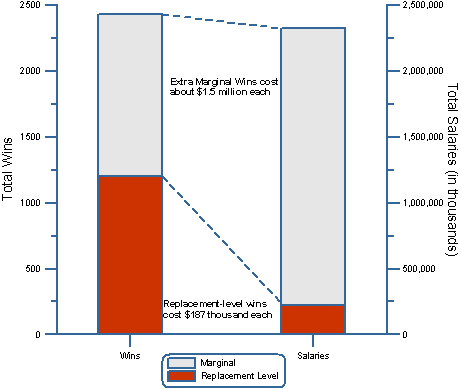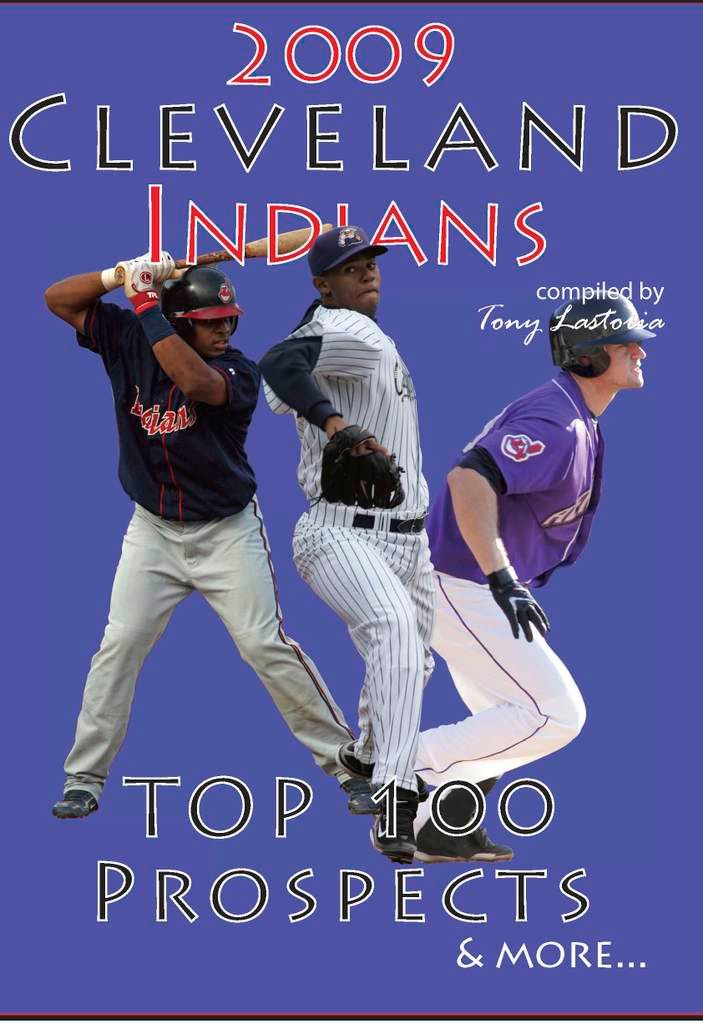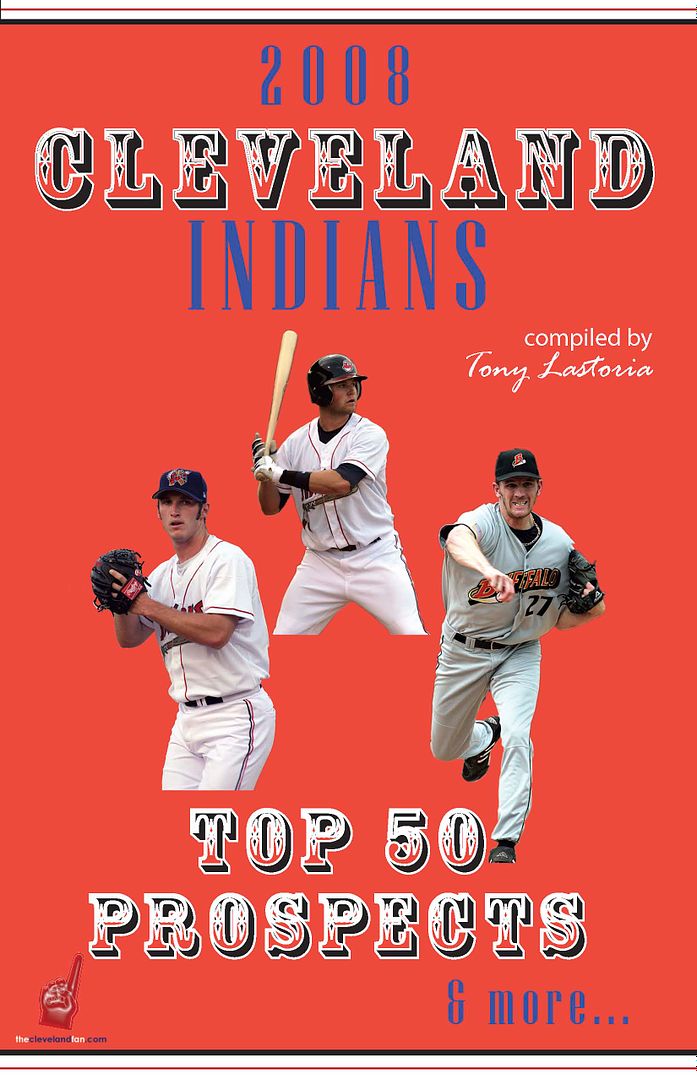 |
WAR stands for Wins Above Replacement, and replaced VORP, value over replacement player, as the go to stat for trying to figure out the overall value of a player. It is simply the number of wins a player should help his team win in comparison to what a AAA player would do if called up in place of them. The idea being that a AAA team in the majors would be historically bad winning less than 40 games.
The stat combines all of the aspects of a player including defense which is typically not a part of most stats. It also allows for the comparison of pitchers and hitters to see the value they mean to a team. On top of this it is a rather easy stat to read.
If there is some confusion though it's the idea that a positive number means a player is doing well. The average major league player would have a value of 2.0, so positive isn't always good and negative is extremely bad. Last year's highest player was Matt Kemp at a value of 10. The highest Indian was Justin Masterson with a value of 4.1. This stat is a great way to look at the overall value a player brings to their team and for the comparison of all players.
You would think I am insane for saying that Casey Kotchman will have a bigger impact on his team next year than Prince Fielder. Yet this stat allows you to see a bigger picture, Prince Fielder's WAR was 5.2 and he was signed to replace Victor Martinez whose WAR was 3.1. Casey Kotchman's WAR last year was 2.9, while the player he is replacing Matt LaPorta had a WAR of 0.2. In the end, Fielder is a net gain of 2.1 wins while Kotchman is a net gain of 2.7 wins. Sure Fielder on the Indians would be better than Kotchman, but when you look at it it is what the addition does for a specific team. Each team signed a first baseman, yet the Indians are expected to get over half a win more. For all these stats I used the baseball reference numbers for WAR.
So why is this not the stat in all of baseball? It's easy to understand and allows for straight forward comparisons between all players except relievers who tend to post much lower values. The problem is that it is not standardized. Fangraphs and Baseball Reference are the main sources for the stat and each have a different way to devise a players' value as they end up with similar scores most of the time but not always. So if you ever see fWAR it stands for Fangraph's version and rWAR stands for Baseball Reference's version. I tend to use rWAR because I have been using Baseball Reference for so long.
So yes, it does have its problems but there is no debating its value. If you follow any baseball people, most comments on a newly signed player contain their WAR because how simple and inclusive it is. Given time it will be standardized, and one of the current ways will go the way of VORP. Even not standardized it is really just a plain way to show value, to compare and say this player's full package is an upgrade over this player. The future of stats is now and it's WAR, a stat so simple that anyone can understand and use.
For my next article in this series I want to let it be decided by the people who read and follow this series. Post what you want in the comments section and I will spend the next few columns focusing on those stats.
follow me on twitter at jeffipi














 Everything on this site is free, but for those interested in making any monetary contributions to help support the stability and growth of this site please click on the "Donate" button below.
Everything on this site is free, but for those interested in making any monetary contributions to help support the stability and growth of this site please click on the "Donate" button below.


5 comments:
WAR-What is it?
Jeff, I love your articles, but you only told us how it was used.
Google WAR, then read the articles, and you discover nobody seems to
be able to explain it.
Fans praise it, nonetheless, as if it were the Emperor's Clothes.
There is no way to equate hitting in different ballparks, in varying
temperatures, in different batting order spots, in different centuries.
Anybody who ever played knows that if the pitcher throws ground balls, you hit better. If the runner on first distracts the pitcher, it affects you at bat. If you hit in the first innings before they turn on the lights, you can't hit anything in the shadows.
I like this stat, a little, but people are getting carried away with
the meaning of it.
Most people are so scared of math they don't even want to know how a stat is figured so they buy into something they have no clue about.
I'm looking forward to the day the back of the baseball card has it; the WAR, UZR, OPS, etc.
Bric, fangraphs has a glossary of every stat they use: http://www.fangraphs.com/library/. I imagine to get into how it's calculated would be a little difficult in one of these IPI posts, because that would open up getting into how the stats that make up WAR are calculated. Formulas are never fun. Fangraphs for offensive players use wRAA (weighted runs above average) and UZR, adds in a positional adjustment and replacement level adjustment to get a value for the runs created for a particular player's performance over replacement level (which varies by year, so you can very well calculate WAR for past decades or centuries). 10 runs = 1 win, so an outfielder with a 7 WAR would've created 70 runs more than, say, Travis Buck. Fangraphs pitching WAR uses FIP.
There are of course problems with WAR, and most people would agree that the numbers aren't intended to be exact (UZR, for one, isn't very accurate even with a full year's sample), but it's close enough. Is a guy with a 4.2 WAR really more valuable than one with a 4.0 WAR? Maybe not. Is he more valuable than the guy with the 3.5 WAR? Almost certainly.
I would like to see your explanation of RF, ZR and EFF. The newer defensive stats baffle me.
First thanks for all the comments. I just thought I should explain this piece, the reason I did not explain the formulas is because it is non standardized. There is not one set formula, explaining each approach would take an entire article per approach. I just wanted to explain to people what this stat is used for and how to understand it when others talk about it.
Even if you don't like it WAR is huge right now. Its only gaining more popularity and I think people should at least be able to understand what it means. Its not perfect, but it works and to discount it would be a mistake.
Post a Comment